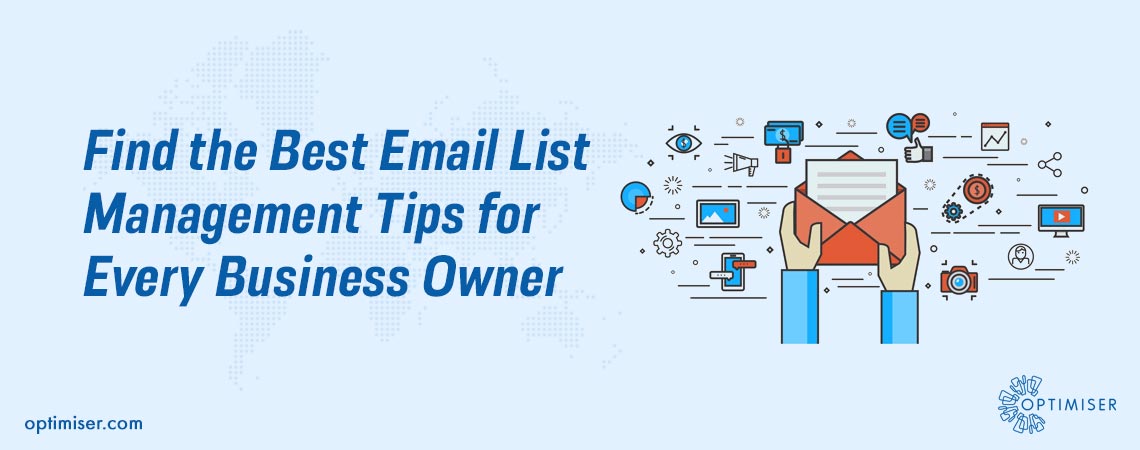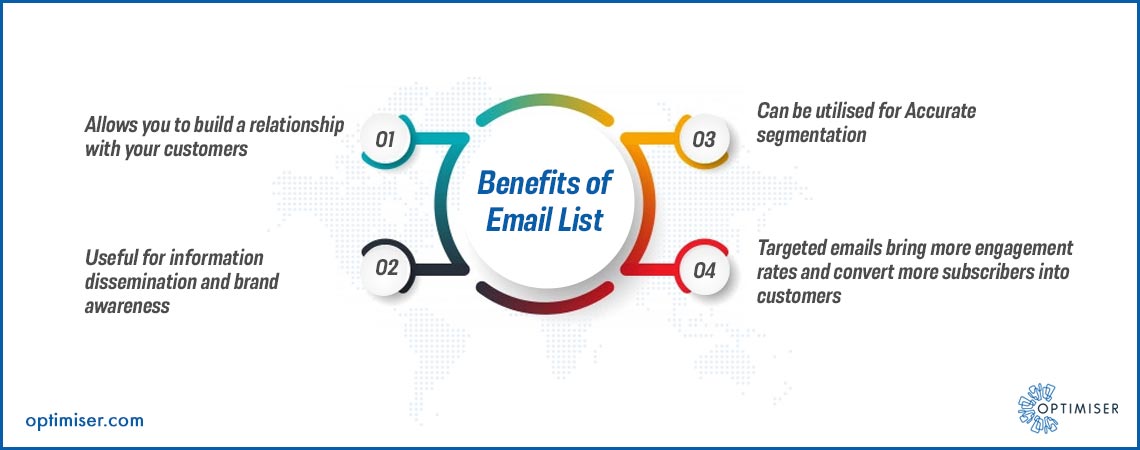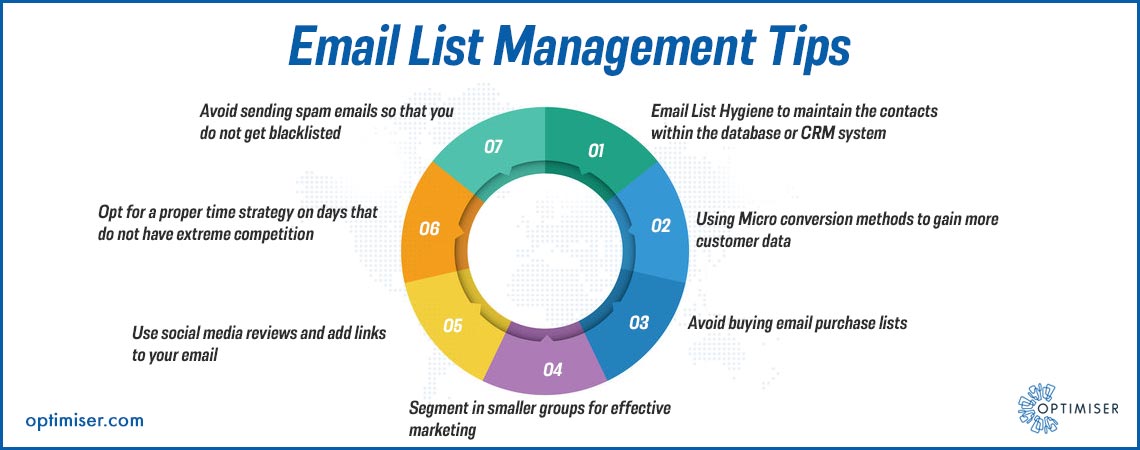
Find the Best Email List Management Tips for Every Business Owner
Email list management is a crucial part of the business that many business owners oversee as not important. Knowing who is receiving this email is not enough. Because we do not know if they are receiving the emails or not.
Here are some top tips to ensure that the emails you send out are landing on their mark and yielding the results.
“Email has an ability many channels don't: creating valuable, personal touches—at scale.”
-David Newman

Email List Hygiene
Email list hygiene refers to the management of contacts within your database or your CRM system. Usually, about 20 to 30 percent of these business emails tend to become invalid in a year. Some emails are shutting down; others do not check the mails anymore due to various reasons. Much of this existed before the pandemic. However, businesses saw an increase in the churn rate after the deadly virus hit.
Sending emails to addresses that do not exist can increase bounce rates and affect your reputation negatively. It can be difficult to get out of this situation, so ensure an email list of verified addresses.
Using Micro Conversion for Better Results
Micro conversions are newsletter signups, event registration, webinar registration, page visits etc. It would be ideal for getting as much information about the customer from these sources as possible.
You will be able to categorise them into groups, allowing better segmentation. Any behaviour by the customer can be converted into a strategy that benefits the organisation and brings more prospects. When using email marketing, large customer bases can be segmented into smaller target groups which can be approached with a well-devised plan.
Avoid Purchased Email Lists
Purchased lists have not yielded better results than an organic ones. Mail and spam filters recognise purchased lists which in turn can affect your reputation.
Many people purchase lists as a means to start somewhere and establishing contact with customers. In the end, they will need to clear that list out once they gain actual customers. Additionally, there is no guarantee that the people you sent the emails to will not mark you as spam.
The main focus of any business should be to build a contact list organically so that their customers' behaviour does not impact the business negatively and hurt the reputation. Any complaints against receiving emails or spam markings will be reduced significantly. It is far simpler to send email content to those interested than those on your purchase list. Because it can be very hard to get out of blacklist and spam filter issues.

Segmentation Strategy
Targetting emails to those interested in the content will bring in more business and better ratings. Segment your audience as small groups as possible with a common goal of looking for a solution to their problems has proved beneficial. Data can be gained from click rate, open rates, and forwarding of the email.
Proper segmentation ensures that the users on your email list are active and engaging with the content. This will, in turn, give you a positive elevation on email campaigns.
Geographics, psychographics and demographics should not be neglected while segmenting. While you can target them based on their product preference, these three factors can give a close-up view of what people in a particular region are looking for. Let's say that you sell jackets in the Cairngorms, UK. Considering the weather, the people, and the customer preferences, you will be able to sell as many jackets as possible because you provide the solution to a common problem: the cold weather.
Social Media
Using social media to build credibility is not new. In fact, we are bound to have more reach on social platforms than we do at emails sometimes. Email marketing is one of the more traditional forms that still exists and is widely used. With email, one can forward the content while on social media; everything the customer does matters. Tagging someone in comments, posting a story, sending a post as a message etc., can ensure that the content is being exchanged with the large masses.
One can put positive reviews they have received from past clients and post them on your social media. Be sure to include a link to all your socials so that when customers who receive the email click on them, they are redirected to the page where they can see all the positive reviews.
Time Strategy
Email marketing isn't all about good content and organic lists only; it is so much more. One of these factors is 'Time Strategy'. That is, the day and time you send the promotional email to your customers.
When you google, the best day to send emails will display the results as Tuesday. It is usually advised that you opt for a different day to send the email as the competition will be high. Competition exists every day, but on a select day, it is even higher. Your emails might not catch the customers attention.
Once you set up your email time, the mail servers and spam filter will get familiar with your pattern. They will expect you to send the emails on a set day. Simply be consistent about sending these emails to the customers. Additionally, make sure that the content is fresh and valuable. If you have amassed new content, you can frequently send emails to prospects. However, you will need to maintain that consistency over time.
Blacklisting
Avoid getting blacklisted. As simple as that!
Keep the content fresh, list organic and do not send too many emails as it might lead the filters to consider you as a spammer.
The serious problem with blacklisting is that you will not know if you are on the block list or not. With tools in the market, you can find out whether your email is blocked or not. But continue further with caution and constantly monitor the list.
SUMMARY
Good email list management ensures that your marketing campaigns end up being as effective as planned, if not more. Emails can be sent with the use of CRM tools. These give out consistent reports and devise a plan that will help you gain more out of email marketing.

30 days free trial. No credit card required
 One powerful platform
One powerful platform
 Simple to use
Simple to use
 Comprehensive
Comprehensive



